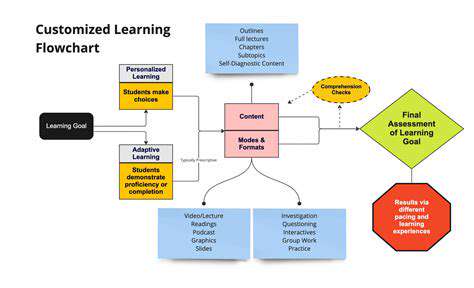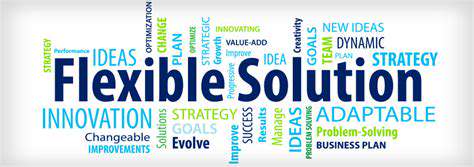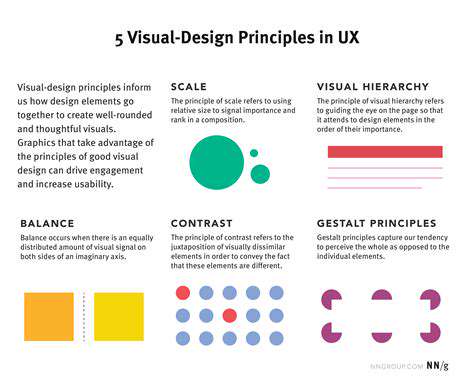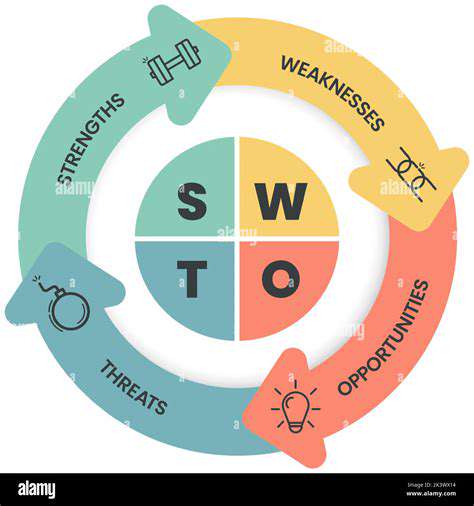Tips for Writing a Cover Letter When You're Overqualified
The most powerful transferable skills often hide in plain sight—like that time you mediated a family dispute (conflict resolution) or organized a community fundraiser (project management). Ask mentors to help spot these hidden gems in your experience.
Showcasing Transferable Skills in Your Resume
Ditch the generic excellent communicator line. Instead: Leveraged active listening skills to reduce client complaints by 40% through improved service protocols. See the difference? Quantification makes abstractions concrete.
For career changers, try a hybrid resume—lead with a Relevant Skills section that mirrors the job description, followed by chronological experience. This reframes your narrative, putting transferability front and center before employers see unconventional job titles.
Effective Ways to Communicate Transferable Skills in Interviews
Prepare skill translation stories using this formula: In [previous role], I developed [skill] by [specific example], which directly applies here because [connection to new role]. For instance, a bartender discussing customer service might say:
Handling 50+ nightly transactions while managing intoxicated patrons honed my de-escalation techniques—skills I’d apply to your customer success role when addressing frustrated clients during system outages.
This approach doesn’t just claim transferability—it demonstrates exactly how your unique background solves their specific problems.
Overcoming Challenges When Emphasizing Transferable Skills
The skepticism hurdle is real. Counter it with proof of concept examples: I understand moving from education to tech seems unconventional, but my lesson-planning skills directly translate to designing user onboarding flows—both require breaking complex concepts into digestible steps.
Consider temporary projects or volunteer work to build credibility. Nothing dispels doubts like showing, not telling, how your skills transfer. A finance professional transitioning to sustainability might volunteer to analyze a nonprofit’s carbon footprint data.
Leveraging Transferable Skills for Long-term Success
View your skill set as a living portfolio. That Excel mastery from 2015? Now it’s Python data visualization. Those presentation skills? Augmented with virtual reality storytelling techniques. The professionals who thrive aren’t those with the right degrees, but those who continually reinvent their applications.
Build T-shaped expertise—deep in one area, but with broad, adaptable supporting skills. This combination creates both stability and flexibility in turbulent job markets.
Addressing the Overqualification Concern Directly (If Necessary)
Understanding the Overqualification Issue and Its Impact on Job Applications
The overqualification paradox stems from employer fears—will you leave when something better appears? Or resent reporting to less-experienced managers? These concerns often manifest as culture fit objections during hiring.
Strategies to Reframe Your Qualifications in Your Application Materials
Instead of hiding experience, contextualize it: While I’ve managed teams, I’m particularly excited about this individual contributor role to deepen my technical skills in [specific area relevant to company’s work]. This shows intentionality.
Addressing Overqualification Concerns During Interviews
Preempt the elephant in the room: I imagine my 15 years in leadership might raise questions about this individual role. What excites me is... This demonstrates emotional intelligence while controlling the narrative.
Highlighting Your Flexibility and Long-Term Commitment
Discuss what you’ll learn, not just contribute: This role offers me the chance to master [specific skill] which complements my existing [experience] and supports my long-term goal of [aligned with company’s direction].
Showcasing Your Passion and Long-Term Goals
Articulating Your Personal Passion and Motivation
Move beyond generic enthusiasm: When I read about your company’s initiative to [specific project], it reminded me of [personal story showing authentic connection]. That’s when I knew I had to apply.
Highlighting Your Long-Term Career Aspirations
Paint a vision that benefits both parties: Over the next three years, I hope to combine my [existing skills] with this role’s [learning opportunities] to eventually lead [specific type of project that benefits company].
Read more about Tips for Writing a Cover Letter When You're Overqualified
Hot Recommendations
- How to Stay Productive While Working Remotely
- Tips for Managing Conflict with Coworkers
- Entrance & Certification Exams (升学考试)
- How to Improve Your Storytelling Skills (Speaking)
- How to Find Profitable Side Hustles
- Tips for Preparing for the TOEFL iBT Home Edition
- Guide to Switching Careers from [Industry A] to [Industry B]
- How to Run an Effective Hybrid Meeting
- Tips for Marketing Your Side Hustle on Instagram










